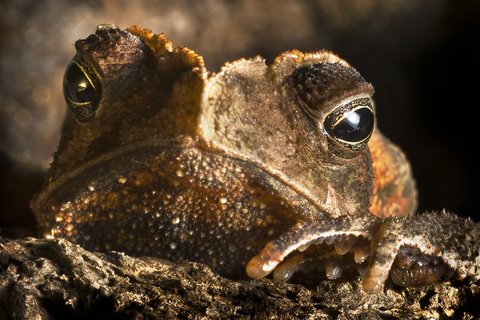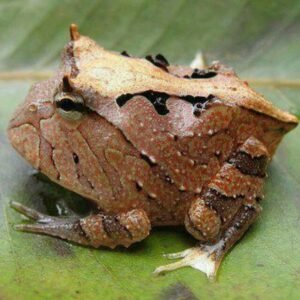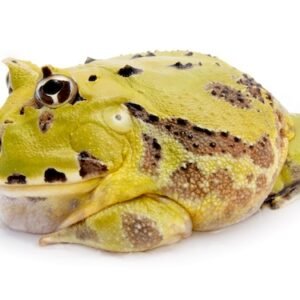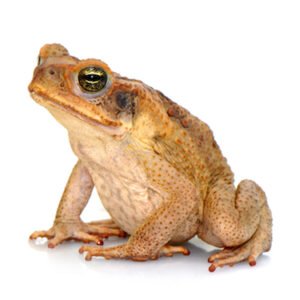Understanding the Crested Toad: Characteristics and Care
The Crested Toad (Peltophryne crassipes) is known for its distinct appearance, which features a prominent crest that runs along its back. This toad typically exhibits a mottled coloration, displaying shades of brown, black, and orange that help it blend into its natural habitat. Crested Toads are relatively small, generally reaching lengths of about 3 to 4 inches. Their physical characteristics, combined with their unique behavior, make them intriguing pets. These toads are primarily nocturnal, exhibiting increased activity during the night, which is essential for their hunting and mating activities.
To create an ideal environment for a Crested Toad, it is crucial to replicate its natural habitat as closely as possible. These amphibians thrive in humid conditions; therefore, maintaining humidity levels between 60% to 80% is essential. The temperature should range from 75°F to 85°F during the day, with a slight drop at night. A well-ventilated terrarium with a substrate of coconut fiber or peat moss is recommended to allow for burrowing behavior, which is innate to their lifestyle. Furthermore, providing hiding spots such as rocks or plants helps to reduce stress in your pet.
Naturally, Crested Toads have insectivorous diets in the wild, primarily consuming crickets, mealworms, and various other insects. As pet owners, it is vital to ensure that these toads receive a balanced diet, offering live prey in appropriate sizes three to five times a week. Supplementing their diet with vitamins and minerals can also enhance their health. When handling Crested Toads, it is important to do so with care to avoid causing them stress. Regular health check-ups and maintaining a clean habitat will help in identifying common health issues, such as skin infections or parasite infestations, which can arise if proper care is not adhered to.
Creating the Perfect Habitat for Your Crested Toad
Establishing a suitable habitat for your crested toad is crucial to ensuring its well-being. The recommended tank size for a single crested toad is at least 20 gallons; this provides ample room for movement and essential environmental components. A larger tank can be beneficial if you plan to house more than one toad. When setting up the enclosure, it is vital to include suitable equipment such as heating lamps, UVB lighting, and filtration systems.
Heating lamps should be positioned to create a gradient within the enclosure, allowing the crested toad to regulate its body temperature by moving between warmer and cooler areas. UVB lighting is equally important as it promotes proper calcium metabolism, thereby preventing metabolic bone disease. The lighting should be on for 10-12 hours a day to mimic natural daylight cycles.
To create a naturalistic environment, you should include various decorations within the habitat. Integrating live plants, rocks, and hiding spots not only enhances the aesthetic appeal of the enclosure but also provides enrichment and security for the crested toad. Suitable plants may include pothos, ferns, or java moss, which thrive in humid conditions and contribute to the overall health of the habitat. Rocks should be carefully selected and placed to avoid sharp edges, ensuring the safety of your pet.
Regular maintenance of the habitat is essential for longevity and the health of your crested toad. This involves scheduled water changes, cleaning the enclosure, and regularly monitoring humidity levels, ideally between 60-80%. Establishing a maintenance routine can help keep the habitat clean and ensure that your toad enjoys a thriving environment. Whether you are a novice or an experienced keeper, following these guidelines will assist you in successfully creating a suitable and aesthetically pleasing habitat for your crested toad.





